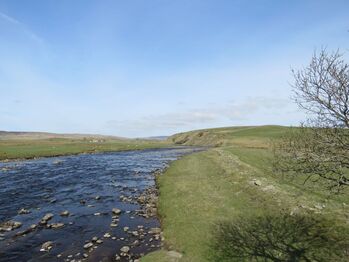 Confluence of River Tees and Harwood Beck
Confluence of River Tees and Harwood Beck A glorious April day, warm and still with sunlight playing on the River Tees at its confluence with Harwood Beck. Hirundines swoop low over the water and rise above a cowslip bank with an overhang of turf and, below it, tunnels of a sand martin colony. Sand martin, riparia riparia, birds of the river bank and the earliest hirundine to return to Britain.
There are moments that resonate, echoing through the years. My father and I gaze at a quarry-cliff, watching sand martin fly back and forth, into their burrows. It’s my earliest memory, I think I was five. This April day in Upper Teesdale sets the echoes ringing.
A common sandpiper calls from amongst river boulders where it feeds in pools. Lapwing are calling close by. We meet a couple who tell of Spring gentian and bird’s-eye primrose. We share with them our sand piper and colony of sand martin. I’ve always hoped to see the Spring gentian of Upper Teesdale but you need to know just where to look, and when.
From the Langdon Beck Hotel we see Cronkley Scar and the dolorite of the Whinsill that characterises Hadrian’s Wall. A family sits in the sun outside the hotel. Lockdown permits their eating outside but not indoors. A second difficult spring for hotels and tourism.
On heather moorland we had heard red grouse, saw them break cover in short low flights, and disappear. Here in the heather by Cow Green Reservoir a red grouse announces its presence loudly, and lingers. I keep to the track, as visitors are requested to do. but his ‘go back, go back’ call is insistent. Rare to have such good views of plumage and those bright red wattles.
Thursday 29th
Yesterday brought a change in the weather and today is colder with a brisk north-east wind, an Arctic wind. Sun and sharp showers, a fitful light. Spring gentian will furl their petals close against the weather.
At Low Force and at High Force Whin Sill dolorite is exposed. High Force is one of England’s most impressive waterfalls. Force, foss, waterfall, cascade: names of landscape features tell of waves of settlement through history. I’ve been here before but not on the cusp of spring, season of catkins and tree flowers. Willow catkins beautify the banks of the River South Tyne, today we linger over cascades of birch catkins beside the River Tees., marvelling at detail. I think of birch catkins as slender and green but here they are plump and deep pink. By chance, we time the encounter to perfection.
We hear sandpiper but do not see it. A bird mid-stream on rocks resolves into a mistle thrush. We watch lapwing in a pasture of ewes and lambs. The sky grows dark and hail pelts us. Hirundines feeding low over the river fly up into an ash but it’s scant shelter against such a pummelling. Intent on feather-care, the swallows are all aflutter, shaking out their wings, a frantic preening against the hail. Hail is skyfall, sudden, loud, percussive, an ice-cascade. After the swallows’ long migration, what a welcome.
Upper Teesdale welcomes the visitors ready and able to venture forth as lockdown guidelines begin to ease, gradually. There are three volunteers at the Visitors Center and café at Bowlees, three volunteers and only the two of us. A second pandemic spring, but this year Is different.
Spring 2020 saw glorious weather but until well after lockdown I could not venture beyond Scout Scar and I longed for variety- for something other than the ecology of its limestone grassland. And for true solitude. So eight days in the North Pennines feels an adventure, an immersion. Riparia riparia, we explore the beautiful South Tyne, the rivers Wear, Tees and Nent. Beside pastures with lapwing and curlew we head upstream toward the source, venturing onto heather moorland with rivers of bright green sphagnum moss, onto peat bog and the high moors with red grouse and the occasional call of elusive golden plover. The short-eared owl we looked for made a brief appearance as we drove home by Middleton in Teesdale.
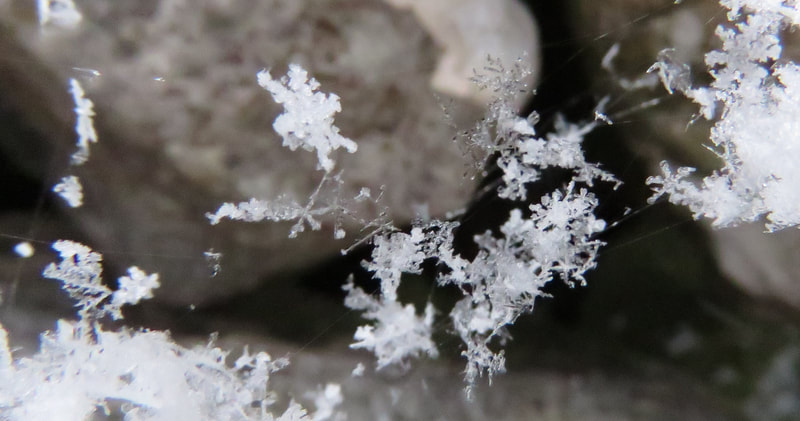
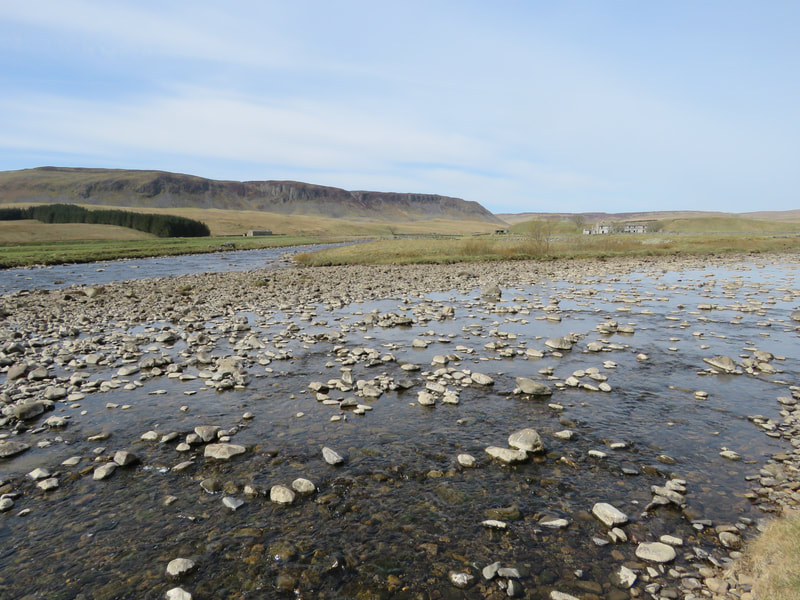
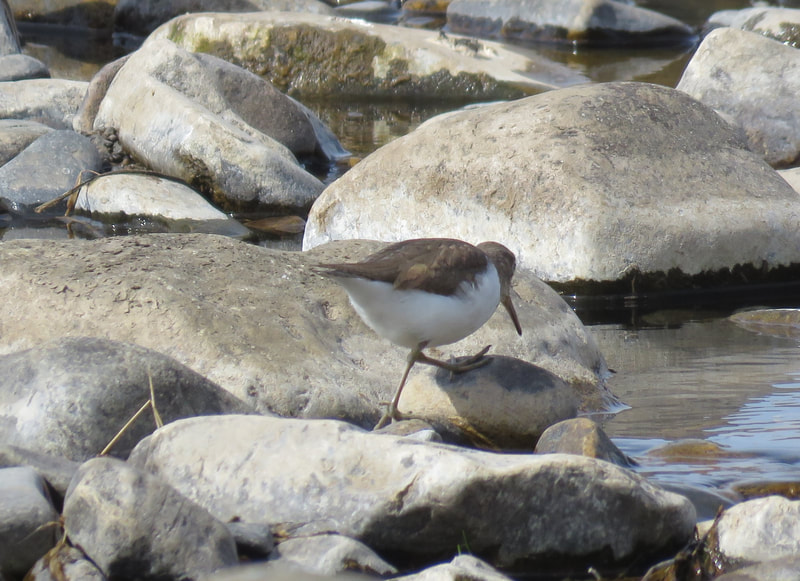
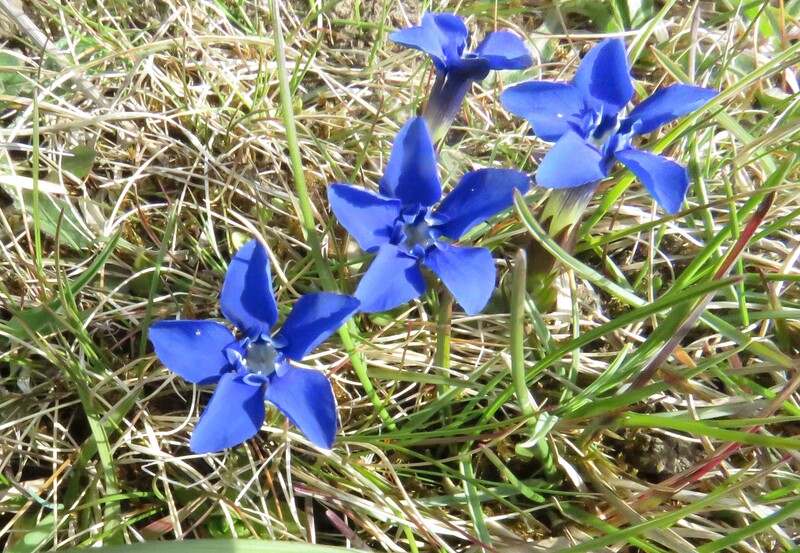
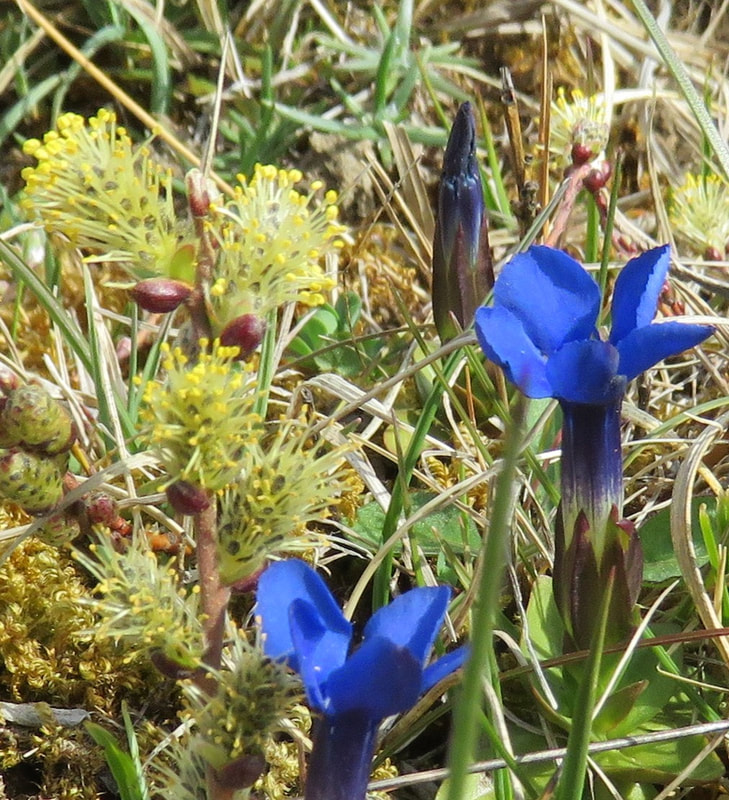
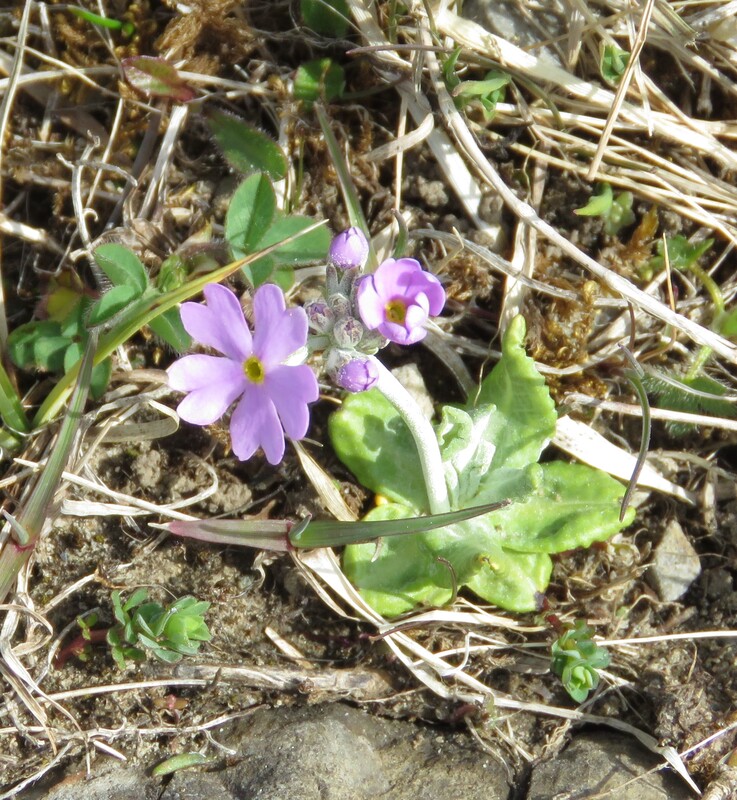
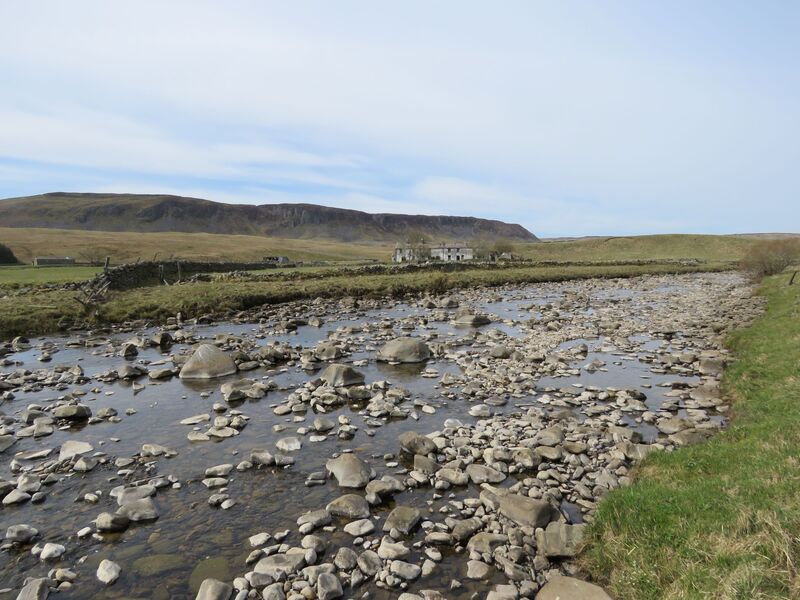
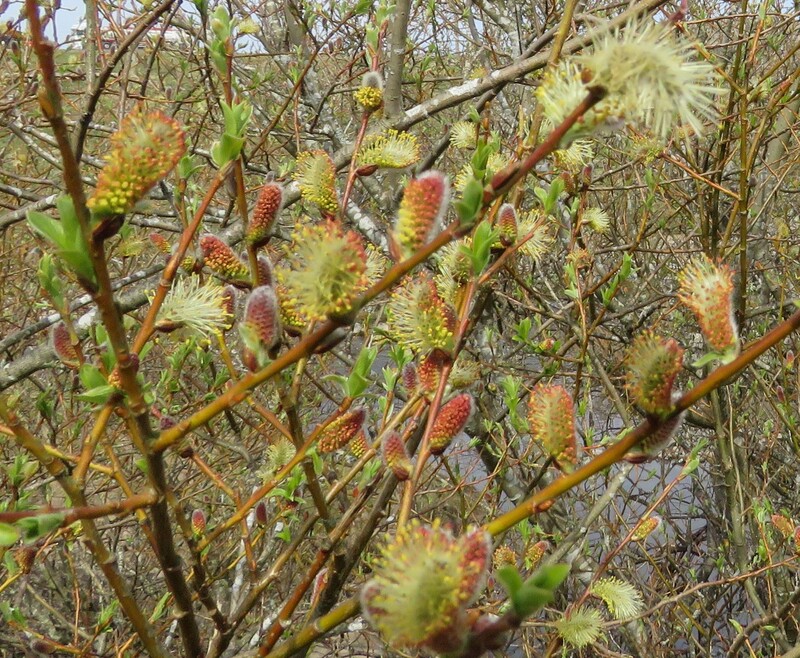
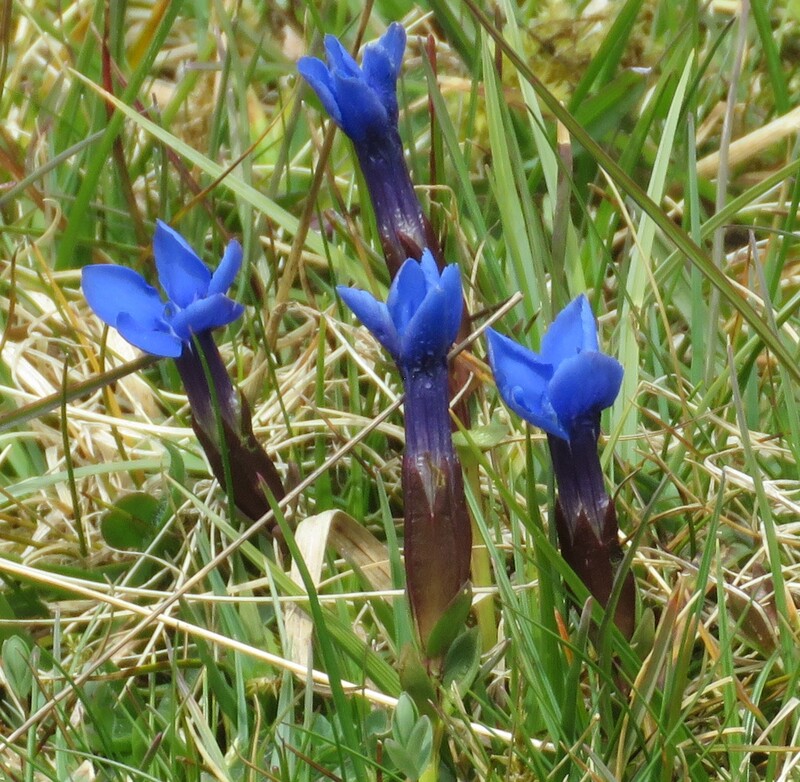
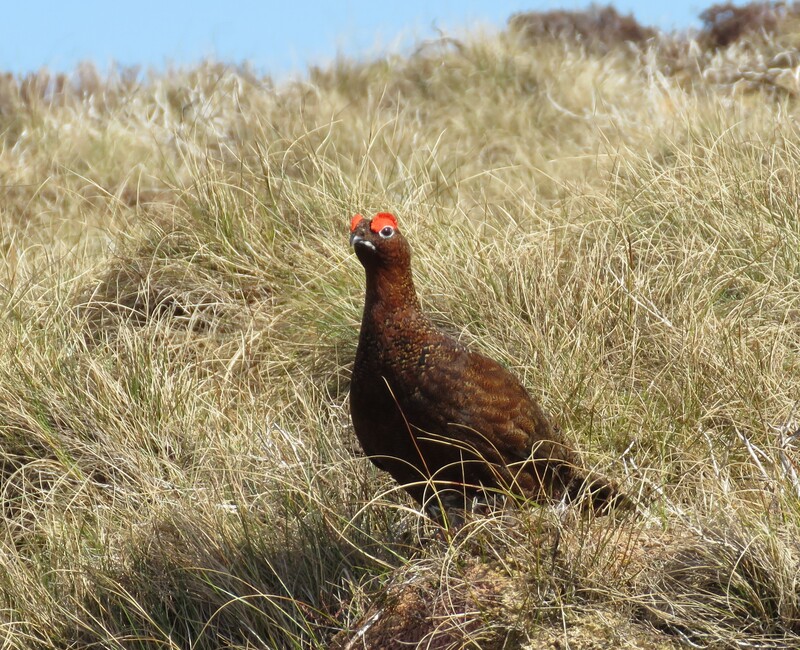
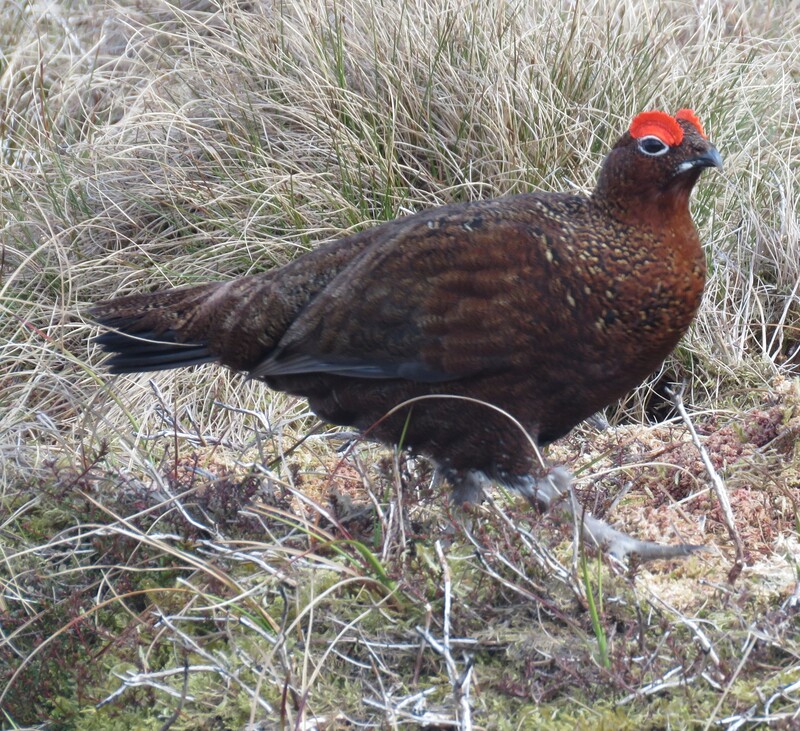
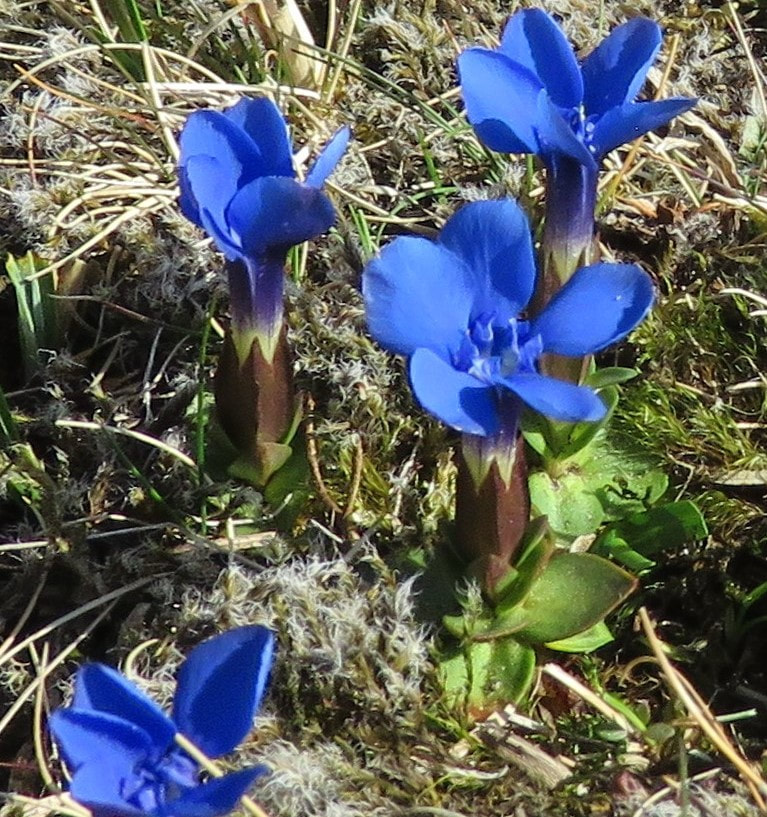
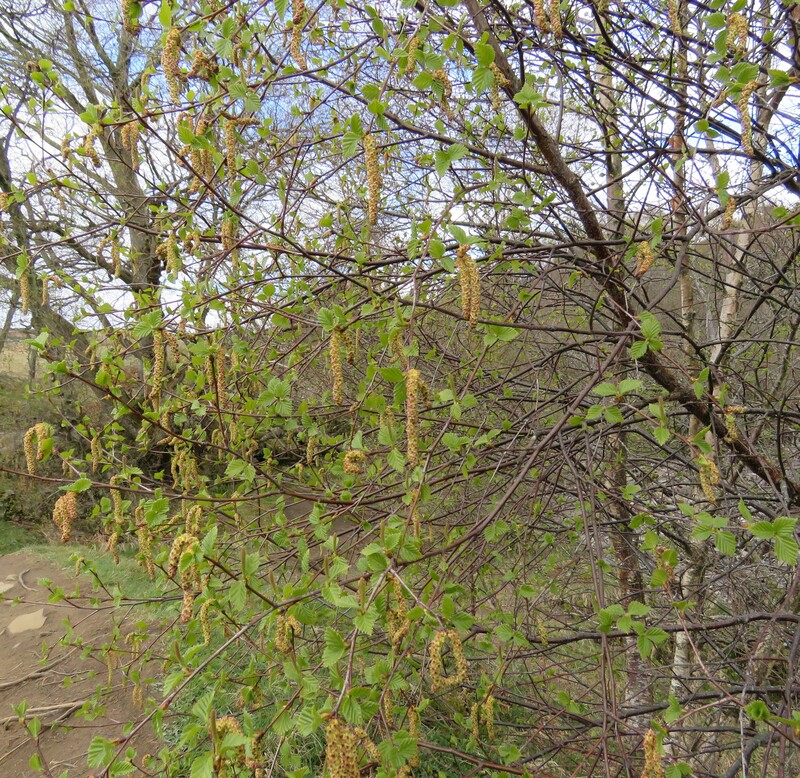
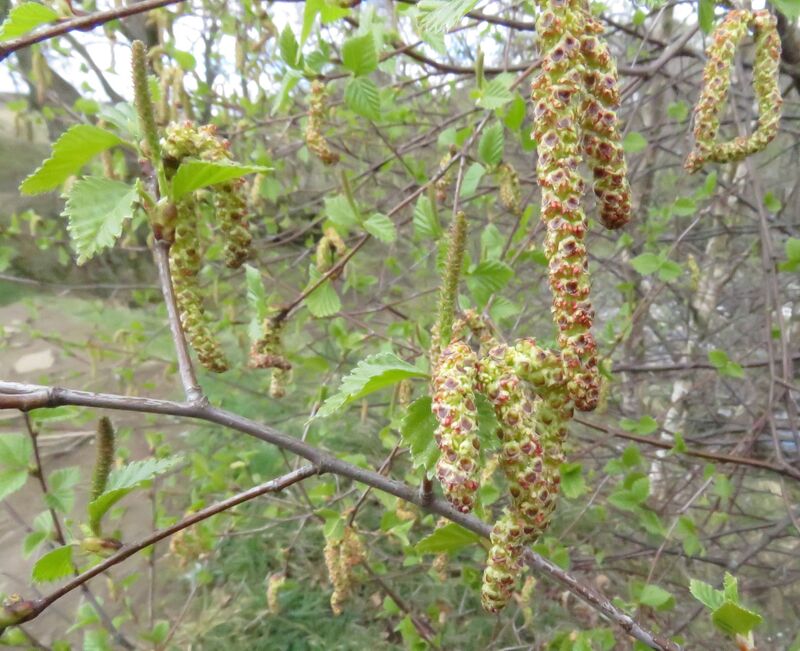
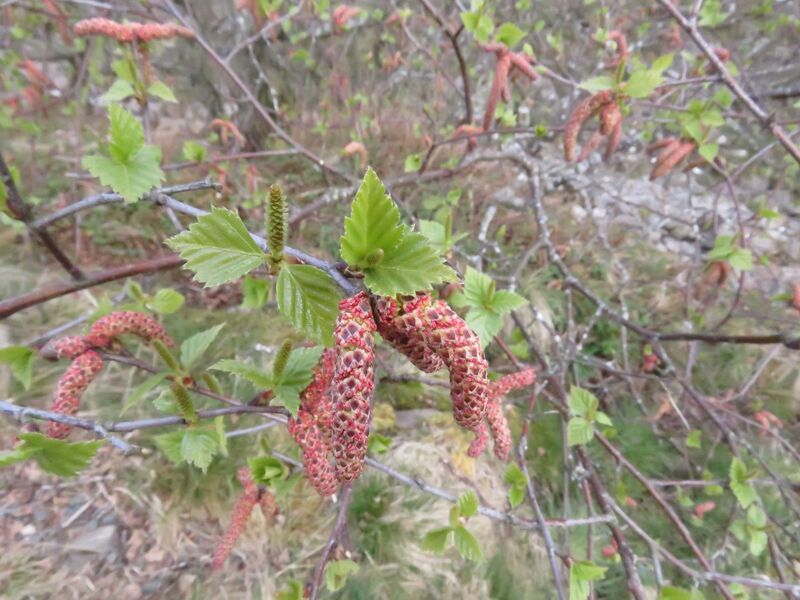
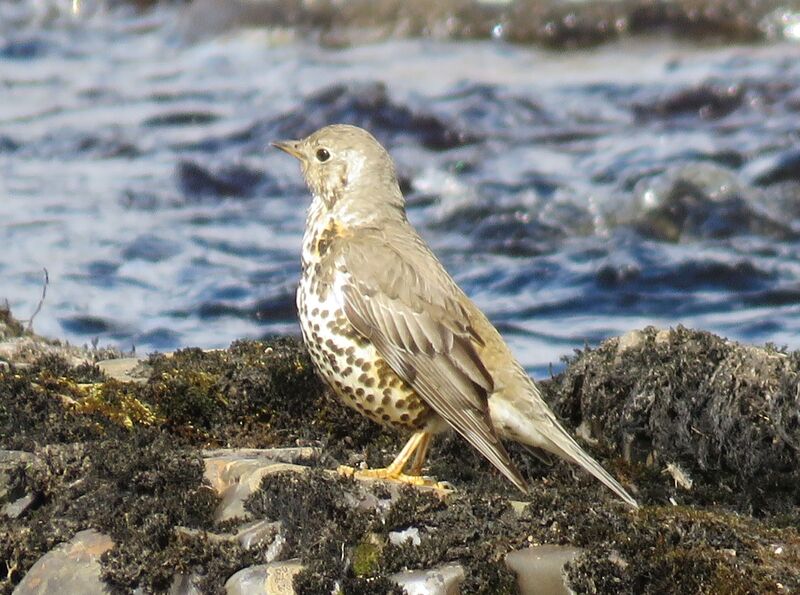
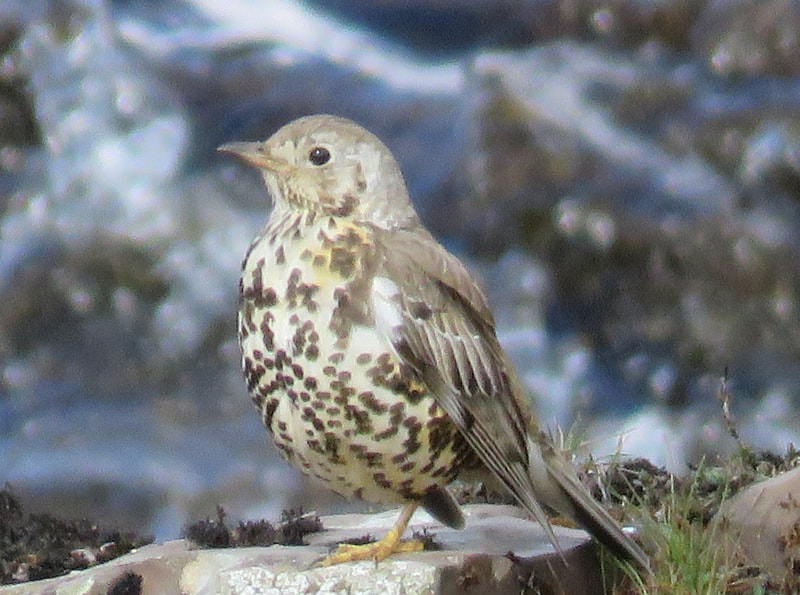
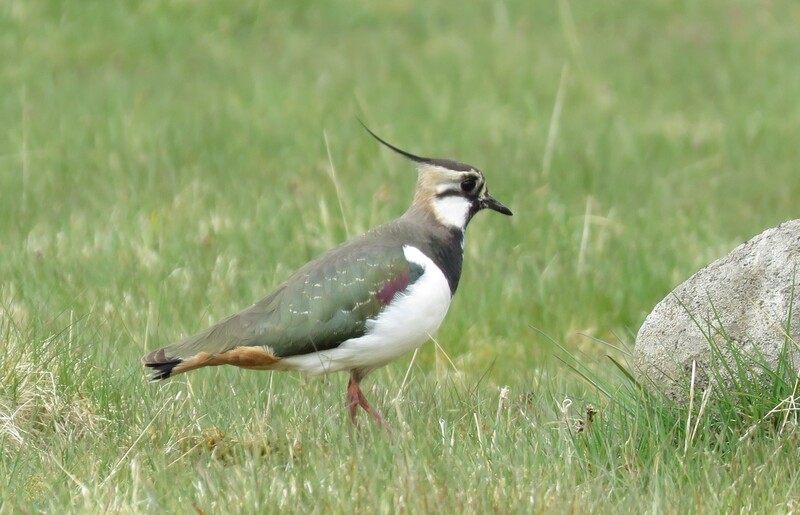
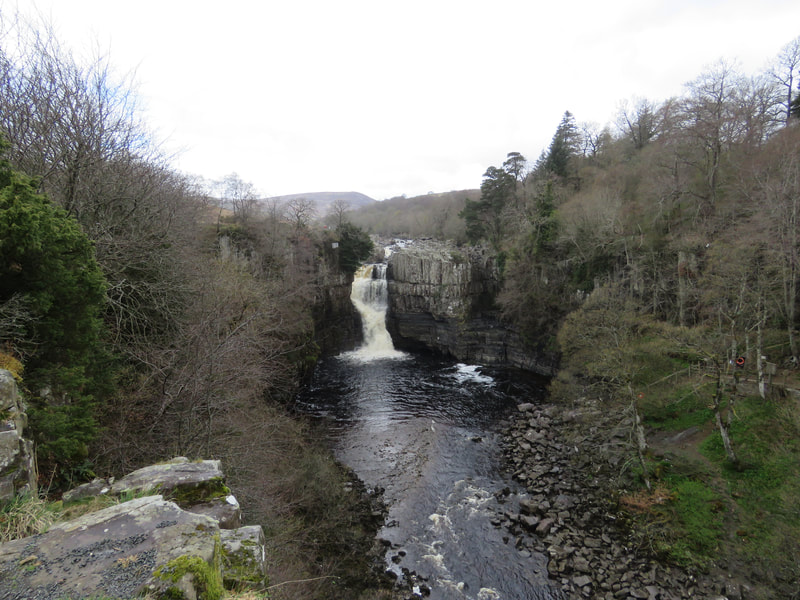
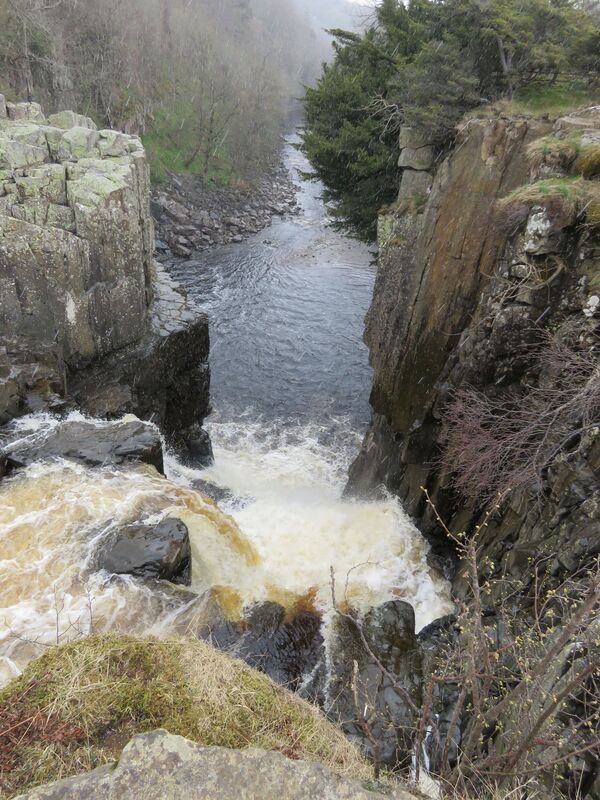
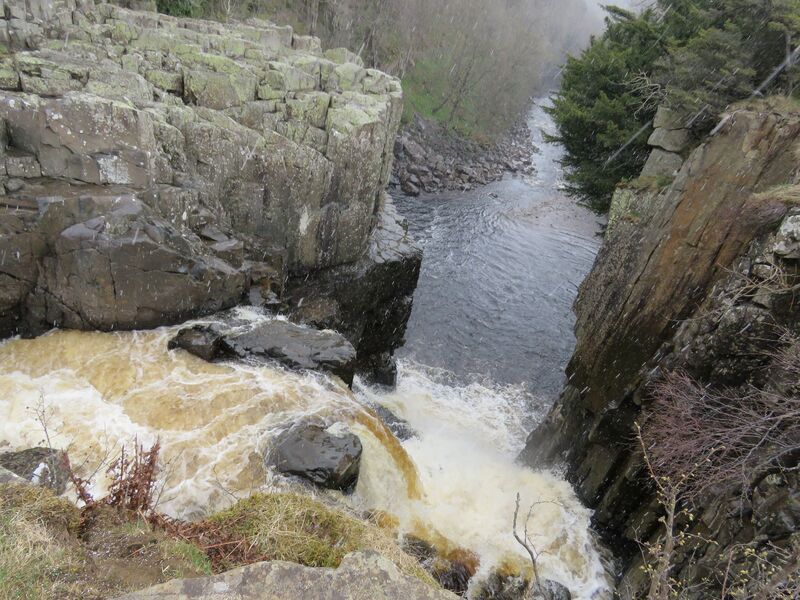
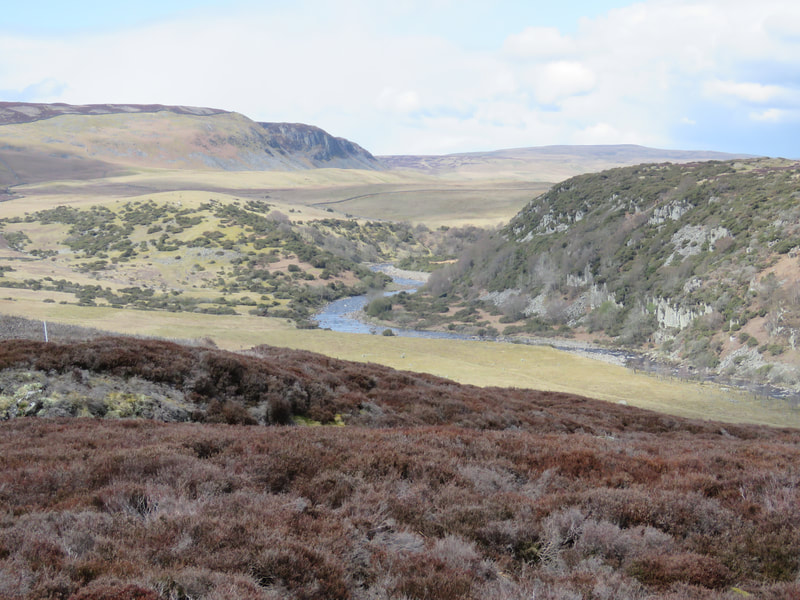
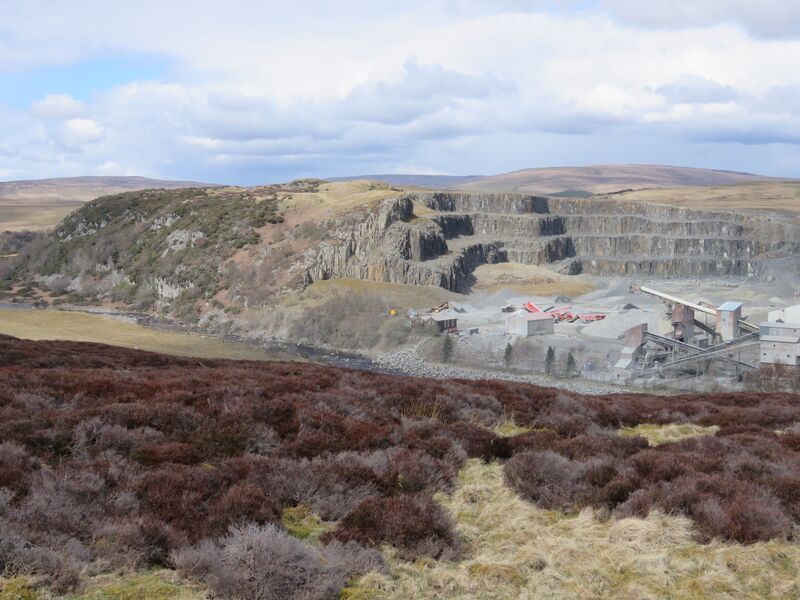
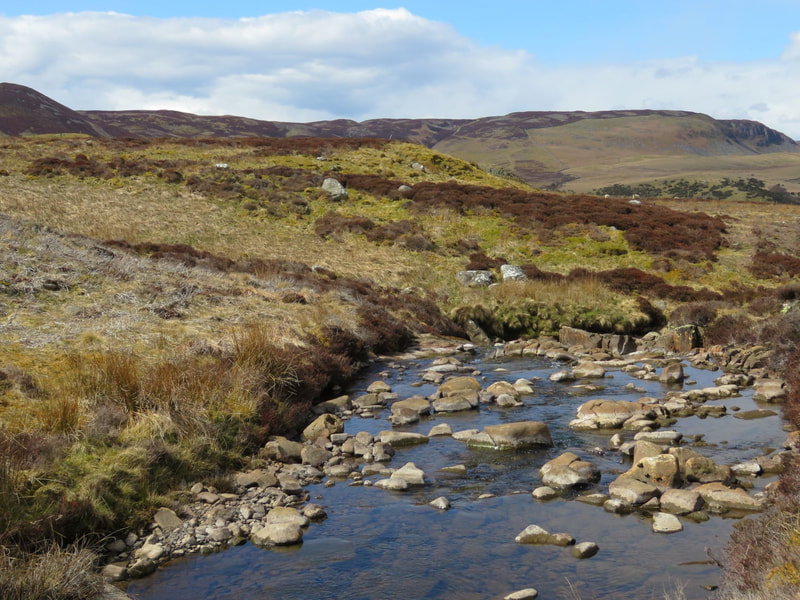
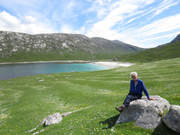
 RSS Feed
RSS Feed